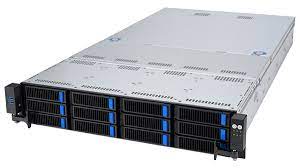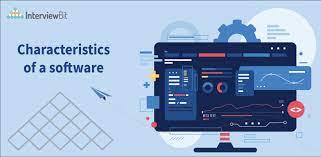Unlocking the Potential of Your Business with LinuxServer Solutions
The Power of Linux Servers
Linux servers have long been the backbone of the internet and enterprise computing. Known for their stability, security, and flexibility, Linux servers play a crucial role in powering a wide range of applications and services.
One of the key advantages of using Linux servers is the open-source nature of the operating system. This allows for greater transparency and control over the server environment, enabling users to customise and optimise their systems to meet specific requirements.
Linux servers are also renowned for their reliability and performance. With robust built-in security features and a wealth of tools for system administration, Linux servers provide a solid foundation for hosting websites, databases, applications, and more.
Moreover, the scalability of Linux servers makes them ideal for businesses of all sizes. Whether you are running a small website or managing a large enterprise infrastructure, Linux servers can easily adapt to your needs without compromising on performance.
In addition to their technical capabilities, Linux servers offer cost-effective solutions compared to proprietary alternatives. The absence of licensing fees and the availability of a vast repository of free software make Linux servers an attractive choice for organisations looking to maximise their IT investments.
Overall, Linux servers continue to be a popular choice for businesses and individuals seeking reliable, secure, and efficient hosting solutions. With a thriving community of developers and users driving innovation in the open-source ecosystem, the future looks bright for Linux server technology.
Essential Guide to Linux Servers: Understanding, Setting Up, and Securing Your Server with Popular Application Insights
- What is a Linux server?
- How do I set up a Linux server?
- What are the advantages of using a Linux server?
- How can I secure my Linux server?
- What are some popular applications for Linux servers?
What is a Linux server?
A Linux server is a type of computer system that runs on the Linux operating system, which is an open-source platform known for its stability, security, and flexibility. As opposed to desktop computers, Linux servers are designed to provide services or resources to other computers or devices on a network. These servers can host websites, store data, run applications, manage network traffic, and perform various other tasks essential for modern computing environments. With its robust security features and customisation options, a Linux server is a popular choice for businesses and individuals looking for reliable and efficient hosting solutions.
How do I set up a Linux server?
Setting up a Linux server involves several key steps to ensure a smooth and efficient deployment. Firstly, choose a suitable distribution such as Ubuntu Server, CentOS, or Debian based on your requirements. Next, install the operating system and configure essential settings such as network configuration, user accounts, and security measures like firewalls. Then, install and configure the necessary server software such as web servers (e.g., Apache or Nginx), databases (e.g., MySQL or PostgreSQL), and any other services required for your specific use case. Regularly update your system to patch security vulnerabilities and keep it running smoothly. Finally, test your server to ensure everything is functioning correctly before deploying it for production use.
What are the advantages of using a Linux server?
When considering the advantages of using a Linux server, several key benefits stand out. Firstly, Linux servers are renowned for their stability and reliability, making them an ideal choice for hosting critical applications and services. Additionally, the open-source nature of Linux allows for greater flexibility and customisation, enabling users to tailor their server environments to meet specific requirements. Moreover, Linux servers boast robust security features and a wealth of tools for system administration, ensuring a secure and well-managed hosting environment. Lastly, the cost-effectiveness of Linux servers, with no licensing fees and access to a vast repository of free software, makes them an attractive option for businesses looking to maximise their IT investments while maintaining high performance standards.
How can I secure my Linux server?
Securing your Linux server is a critical step in safeguarding your data and ensuring the integrity of your system. To enhance the security of your Linux server, consider implementing several key practices. Firstly, regularly update your system with the latest security patches and software updates to address any vulnerabilities. Utilise strong password policies and consider implementing multi-factor authentication for an added layer of protection. Additionally, configure a firewall to control incoming and outgoing network traffic, restrict unnecessary services, and monitor system logs for any suspicious activities. Encrypt sensitive data, limit user access privileges, and regularly back up your data to mitigate the impact of potential security breaches. By following these best practices and staying vigilant against emerging threats, you can significantly enhance the security posture of your Linux server.
What are some popular applications for Linux servers?
Linux servers support a wide range of popular applications that cater to diverse needs across industries. Some commonly used applications for Linux servers include web servers like Apache and Nginx, database management systems such as MySQL and PostgreSQL, content management systems like WordPress and Drupal, email servers like Postfix and Dovecot, virtualization platforms such as KVM and Xen, monitoring tools like Nagios and Zabbix, and collaboration software such as Nextcloud and Mattermost. These applications are well-known for their reliability, performance, and compatibility with Linux server environments, making them preferred choices for businesses and individuals looking to leverage the power of open-source technology.





